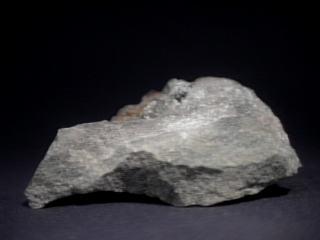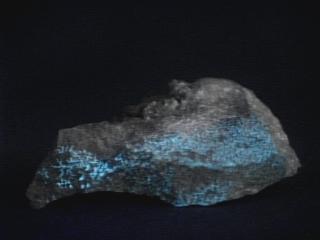 THE MINERAL URANOPILITE
THE MINERAL URANOPILITE
- Chemistry: (UO2)6SO4(OH)10 - 12H2O , Hydrated Uranyl Sulfate Hydroxide.
- Class: Sulfates
- Uses: a minor ore of uranium and mineral specimens
Specimens
Remember, this is a radioactive mineral and should be stored away from other minerals that are affected by radioactivity and human exposure should be limited.
PHYSICAL CHARACTERISTICS:
- Colors are bright shades of yellow.
- Luster is silky.
- Transparency crystals can be transparent to translucent.
- Crystal System is monoclinic.
- Crystal Habits are usually limited to encrustations and compact masses.
- Cleavage is not seen.
- Hardness is approximately 2.
- Specific Gravity is approximately 4.0 (above average for non-metallic minerals).
- Streak is a pale yellow.
- Other Characteristics: Radioactive and fluoresces a bright green under ultraviolet light.
- Associated Minerals are uraninite, zippeite and
johannite . - Notable Occurrences include Wheal Owles, Cornwall, England; San Juan Co., Utah, USA; Northwest Territory, Canada and the Bohemian region of Europe.
- Best Field Indicators are color, crystal habit, fluorescence, softness, luster and radioactivity.



